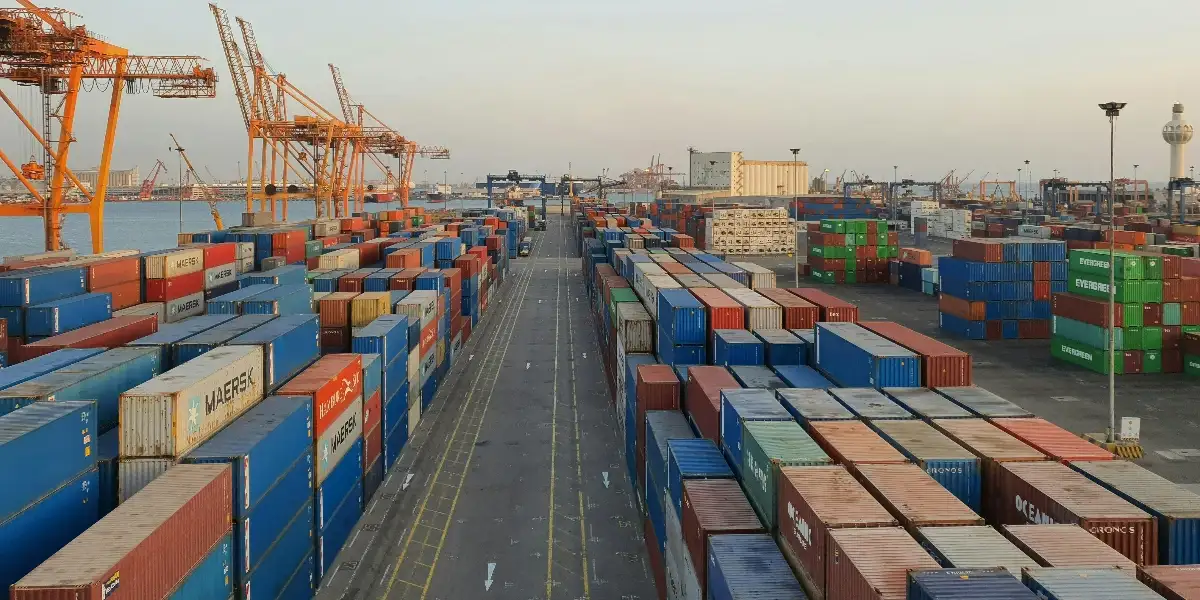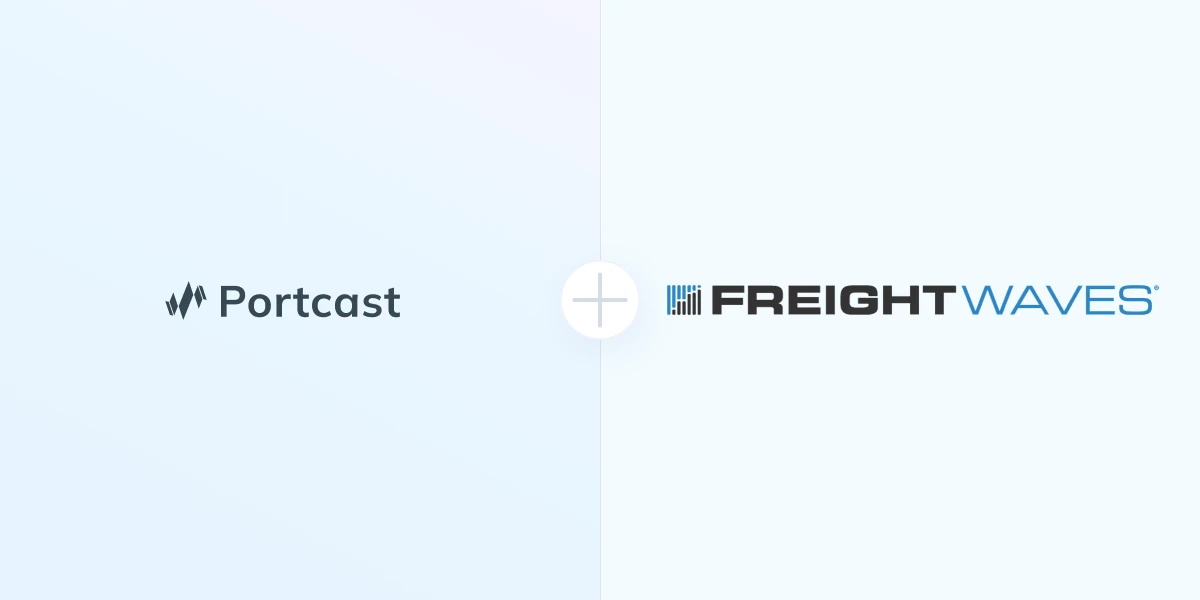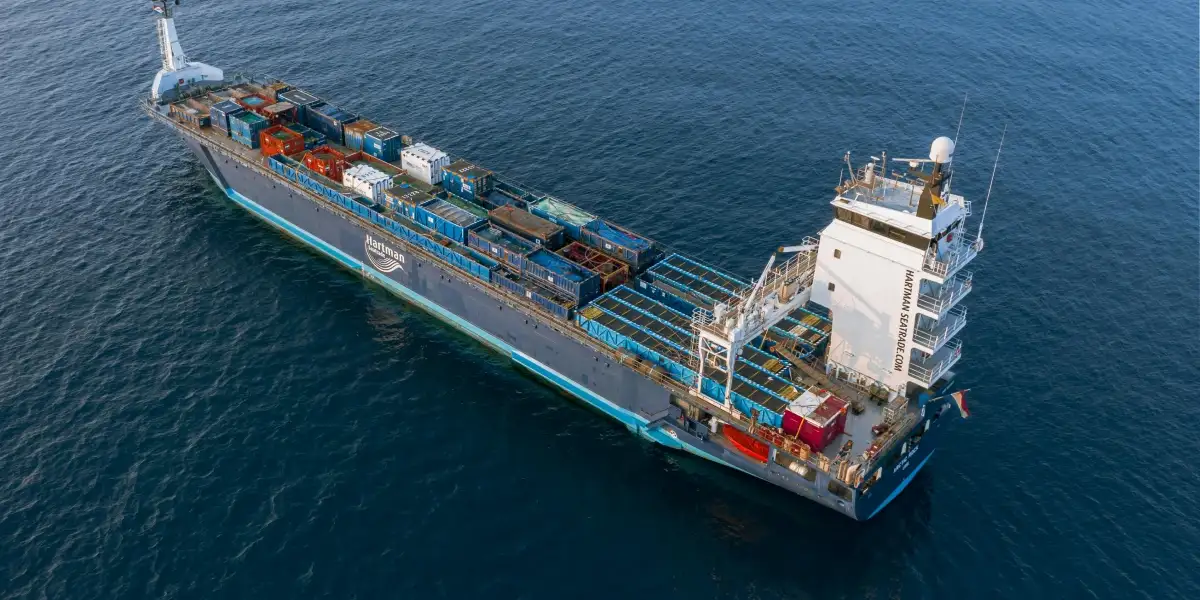Port terminals are the critical nodes in the supply chain where goods are loaded and unloaded from ships, trucks, and trains. They serve as vital gateways for international trade, handling millions of containers and cargoes annually. As a result, container terminals at ports generate a wealth of data that provides valuable insights into the movement and status of goods. Real-time visibility into these data insights is crucial to minimising delays and disruptions in the supply chain.
Challenges in Achieving Comprehensive Visibility
Achieving comprehensive supply chain visibility, including visibility at port terminals, is no small feat. Supply chains are often complex, involving multiple parties, modes of transport, and geographical locations. Limited access to real-time data and communication gaps between stakeholders can hinder visibility and result in inefficiencies. Visibility can be particularly challenging at container terminals, making them a crucial area where improved transparency is essential.
Why Export Container Terminal Data Matters
While overall port container terminal data insights are helpful, exporting markets often face distinct complexities due to different countries' varying regulations and customs procedures. Shippers operating in these markets may encounter hurdles that differ significantly from those of importers or domestic supply chains. Therefore, insights and actions tailored to the specific requirements of exporting markets at export terminals are critical for successful operations.
Export container terminal data goes beyond just tracking locations. It adds context to the supply chain by including timestamps, handling details, and shipment milestones. This contextual information provides a comprehensive view of the journey of goods, enabling businesses to analyse patterns and identify bottlenecks. This is important for streamlining operations and ensuring a seamless flow of goods across borders.
Here's why these insights matter:
Improved operational planning for outbound shipments: Understanding container milestones empowers exporters to plan their outbound shipments more effectively. With precise information about container readiness and availability, businesses can align their production and transportation schedules accordingly. This proactive approach minimises potential delays, optimises resource allocation, and ultimately improves operational efficiency.
Meeting deadlines with confidence: Export terminal visibility is crucial for meeting critical deadlines, such as vessel cut-offs and customs documentation submission. Take, for instance, an F&B company where it is essential to meet the regulatory requirements for perishable goods on time. By being well-informed about the progress of containers through various stages at an export terminal, such companies can ensure that all necessary tasks are completed on time, mitigating the risks of costly delays.
Strategic document submission: Knowing when to submit essential documents is fundamental to international maritime trade. Insights into container milestones enable exporters to time their document submissions accurately, ensuring compliance with regulatory requirements and preventing unnecessary hold-ups at export terminals. This level of precision reduces administrative bottlenecks and contributes to smoother trade processes.
Optimising warehouse operations: Export data enables exporters to synchronise their warehouse operations with terminal activities. By sending containers to terminals at the right time, businesses can optimise inventory management, reducing the costs of carrying excess stock. The ability to align warehouse operations with terminal schedules enhances overall supply chain efficiency and responsiveness.
Mitigating rollover risks at POL: Containers being rolled over at the port of loading (POL) due to delayed actions can lead to significant disruptions and added expenses. Imagine you're an electronics manufacturer preparing to ship a new product line to meet a tight market launch. If your containers experience delays and get rolled over at the port of loading, it could spell disaster for your product availability. You can identify such potential obstacles well in advance by accessing detailed container milestones at export terminals. This foresight empowers you to proactively take corrective measures, ensuring that the containers are loaded onto the designated vessel as planned.
By staying informed and acting promptly, you not only avoid the costly disruptions and added expenses of rollovers but also safeguard your reputation as a dependable exporter who consistently meets shipping schedules.
Integrating Export Container Terminal Data into Supply Chain Systems
Integrating export terminal data into existing supply chain systems can be challenging, as it involves aligning diverse data formats and sources. Nevertheless, a powerful solution lies in adopting a real-time container tracking system, which seamlessly adds export terminal visibility as an invaluable component.
Essential Export Container Terminal Milestones for Your Business

Lack of Real-Time Insights into Export Container Terminals
Let’s take an example of one of the important export terminal milestones, the Earliest Receipt Date (ERD). Frequent fluctuations in ERDs catch exporters off guard, blindsiding them with little prior notice. These unforeseen ERD changes can suddenly disrupt the best-laid plans of logistics teams. This challenge stems from the delay in updating ERDs when vessel schedules undergo adjustments. As a result, ERD modifications can occur abruptly, leaving exporters with a significantly reduced window to react and adapt.
Let’s consider the following two scenarios.
Scenario 1: When the Earliest Receipt Date (ERD) is updated to be later than expected, it triggers a series of consequences that can impact the exporters. One immediate effect is the possibility of incurring storage costs, as goods might need to be stored at ports or warehouses longer before they can be loaded onto the intended vessel. Additionally, delayed ERD could disrupt supply chain schedules, leading to increased lead times and potential penalties for missed delivery deadlines. Shippers might also face increased inventory carrying costs, as products remain in storage rather than sold.

Scenario 2: When the ERD is bumped up and set earlier than expected, the consequences are equally disruptive for exporters. For instance, an exporter, anticipating a generous 7-day timeframe, is now tasked with loading 30 containers within a mere three days due to a sudden ERD update. The abrupt change can lead to missed pickup times, incomplete documentation, and operational chaos.
In this scenario, shippers might be forced to expedite the loading process, which could require overtime labour and rush-order transportation, leading to elevated costs. The tightened schedule may also create conflicts with existing cargo bookings, causing delays or rollovers, where shipments are moved to later vessels, resulting in further delays and cascading operational challenges. Such sudden changes can strain relationships with logistics partners and disrupt the smooth flow of the entire supply chain, ultimately impacting both the financial and reputational aspects of the shippers' businesses.
In both instances, a substantial economic burden looms large, threatening to disrupt operations.
What are some of the challenges you may face due to a lack of container milestone information at export terminals:
- Delayed shipments: Without real-time visibility at export terminals, the company may not know the exact status of their containers. This can result in delayed shipments, leading to missed delivery deadlines and potential penalties.
- Inefficient resource management: The exporting company may encounter difficulties optimising their resources, such as trucks, warehouses, and labour, without crucial information such as the Earliest Receipt Date (ERD).
- Increased costs: Delays and inefficiencies in the supply chain can result in increased transportation and inventory carrying costs for the company. These additional expenses can ultimately impact the company's profitability and competitiveness in the market.
- Customer dissatisfaction: The end consignee, which could be a retailer, manufacturer, or individual consumer, may experience dissatisfaction due to delayed deliveries. This can result in a negative customer experience and potentially damage the company's reputation.
- Compliance and documentation issues: Visibility over containers at the terminals is essential for ensuring compliance with international trade regulations and customs requirements. Without this, the company may face difficulties meeting documentation deadlines, resulting in customs clearance delays and potential fines.
- Limited strategic planning: Lack of real-time data from export terminals hinders the company's ability to make data-driven decisions and develop strategic plans for its supply chain. This can hamper their ability to respond to changing market conditions effectively.






![[ロゴ]](https://cdn.prod.website-files.com/643006af9e6f61169be0dfb1/643006af9e6f611743e0dfee_Logo-Black-big.svg)
